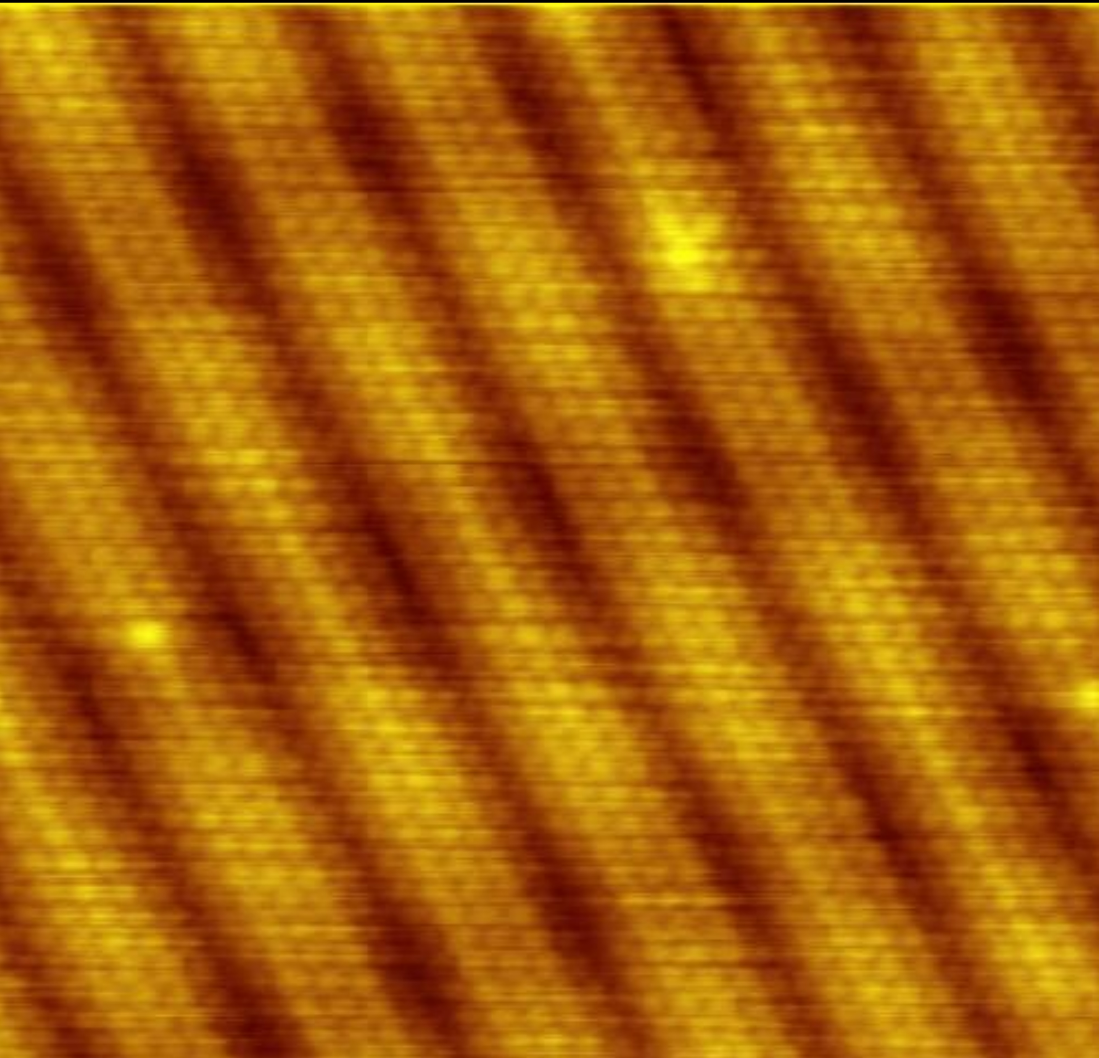 |
| Selfie taken in front of the Museum of Jurassic Technology |
As I entered the museum just past noon, my senses were surprised immediately. The front entrance was grim and dark, with the sound of rushing water filling the room. I checked in with the attendant, and was notified that photography was not allowed. Nevertheless, I had brought a pen and paper, so I figured I could sketch out some notable pieces and write down my thoughts.
The first piece that caught my eye was a machine that had a tiny hammer chipping away at a ball. From the the surrounding pieces, which included various mineral dusts and synthetic gems, I think the machine in the process of creating crystals, though I couldn't fine details online afterwards. The piece was called "Man Made Gems", subtitled Boules of Corundum, Synthetic Sapphire Crystal Growth by the Verneuil Process.
A few thin, tall walls were dedicated to portraits of important individuals, architecture, and architectural failings (like bridge or building collapses, such as the fall of the Rush St. Bridge).
Another interesting and modest piece was a replication of Geoffrey Sonnabend's study/deskspace. He was an author in the 1930s, and the exhibit contained a wooden desk and chair. The chair had small wheels and vertical cutouts on the back. Sonnabend owned a typewriter and a small collection of books, no more than the fingers on one hand. He also owned a lamp with a rectangular light array, alongside a record player or inscriber, with the name "Sound Scriber" on the side.
While desk spaces aren't inherently interesting, I thought it was cool because it shows how little has changed since the early 20th century. Work desks still consist of some writing instrument, forms of literature, light fixtures, and even space for music tools. And, for context, Sonnabend was an "associate professor of neurophysiology at Northwestern University", who went on to write "Obliscence - Theories of Forgetting and the Problem of Matter", a collection of books on the process of forgetting (MJT).
There was a whole wall dedicated to vintage smoking pipes, with the labels and literature surrounding it implying a type of cultural worry and fear that smoking brought upon during the time. Or, perhaps the museum curators were trying to provide commentary on how smoking has hurt society. A quoted of the bible was featured, reading:
"He opened the bottomless pit, and smoke went up out of the pit, like the smokes of a great furnace; and the sun and the air were darkened by the smoke of the pit. Then out of the smoke came locusts upon the earth."
- Revelation 9:2-3
 |
| Personal sketch of one piece under "Man Made Gems" from the Museum of Jurassic Technology |
Opposite of this exhibit, I found the source of the sounds of moving water. It was a recreation of a border between two South American countries, with a river that emptied into a pit, the name of which escapes me, but I vaguely remember it to allude to the biblical hell or the devil/diablo.
As I walked around the museum, I found another unique exhibit on a tiny panel that contained moving pictures. The display was no larger the length of my hand, about 4-5 inches, and to its left was a light that shone through the panel, helping to add transparency to it.
 |
| Personal sketch of the film display exhibit from the Museum of Jurassic Technology |
This piece caught my eye mostly because it seemed like a prototype to the phones everyone is forced to carry today, yet I'm genuinely unsure if the piece's focus was the novelty of technology or if it was the film displayed on it. Either way, I thought it would be amazing if this kind of technology - that of cheap, thin panel showing film - could be used as a form of decoration or memory-keepsake beyond photos and paintings.
Just adjacent to the small moving picture display, I found a room that had texts, papers, manuscripts, post cards, advertisements, telegrams, and research plastering the walls. Much of the papers revolved around astronomy and religion, with the only non-text exhibit in the room showcasing a Copernican/heliocentric model of the solar system. At the base of the display were inscriptions of the seasons, astrology signs, and months of the year.
Walking past this, one larger, dimly lit room was dedicated to the Madelena Delani. The room contained, on the outer walls, photographs of Delani - many of which were too dark to see, which shrouded her life in an eerie fog. In the center, there was a table display of her personal belongings, containing gloves, combs and hair accessories, mirrors, an old purse made of reptile scales, and many music papers. From her belongings, it was apparent that she took great interest in her personal appearance and was also a skilled musician and vocalist. She was often described as "hauntingly beautiful," and her voice possessed a "plaintive timbre" (MJT). Another highlight of the room was an outfit of Delani's, made of velvet and soft, rich materials. It dawned a color pallete of warm femininity; spectrums of purples, pinks, oranges, and off-whites.
 |
| Photo of Madelena Delani, retrieved from The Life of Madelena Delani (mjt.org). |
As I walked up the stairs, the floor gave way to each and every step, crying out its age through the creaks and snaps. The sounds shifted from the calming water stream to the music of an older time.
The first room on the right contained displays of diagrams, physics, architecture, and a physical diagram of a rocket, complete with floors for general living purposes. The room adjacent contained unrelated fish nets and rope patterns produced intricately by fingers.
Walking down the hall, images of the sciences and astronomic bodies were featured, giving hint to the upcoming display of the many Soviet dogs sent into space. Among the photos of eclipses, planets, and other cosmic entities, there was a painting further down that had trapped my gaze, even as I was observing the a broken down light exhibit.
This piece was titled, "Group of Sunspots and Veiled Spots", and I felt that the curators had thrown it in the hallway as a one-off, thinking nothing of it. But, to me, I felt that it deserved a platform to be seen on its own. Although the title relates the piece to astronomy, I don't have a clue as to what it is supposed to be - I just can't help to be captured by its divinity and all-reaching, all-seeing nature it showcases. Two bodies, alone in a static and small universe, fighting, perhaps, to get in or get out. This painting is one of the only images, maybe the first ever, to speak to me. It's truly beautiful, capturing isolation and self-struggle in a void.
After the Soviet dog exhibit, the museum fades and transitions into the 3rd floor, where tea and biscuits are provided. Thus, ending the trip and leaving the viewer with a treat, or a disappointment.
Overall, I enjoyed my trip to the Museum of Jurassic Technology for the uniqueness of the pieces shown, despite the lack of collective meaning. But, even still, I felt as if the museum encompassed general themes from the course - in bringing together the humanities and sciences together, literature and technology, the normal and the unique.
 |
| Proof of purchase, screenshot taken by author |
Works Cited
Holy Bible. New American Standard Bible, Lockman Foundation, 1995.
"The Life of Madelena Delani." Contributions from the Museum of Jurassic Technology.
https://mjt.org/pages/exhibits/delson/delani.html
"The Life of Geoffrey Sonnabend." Contributions from the Museum of Jurassic Technology.
https://www.mjt.org/pages/exhibits/delson/sonabend.html










.png)




_compressed.jpg)
_compressed.jpg)

_compressed.jpg)


